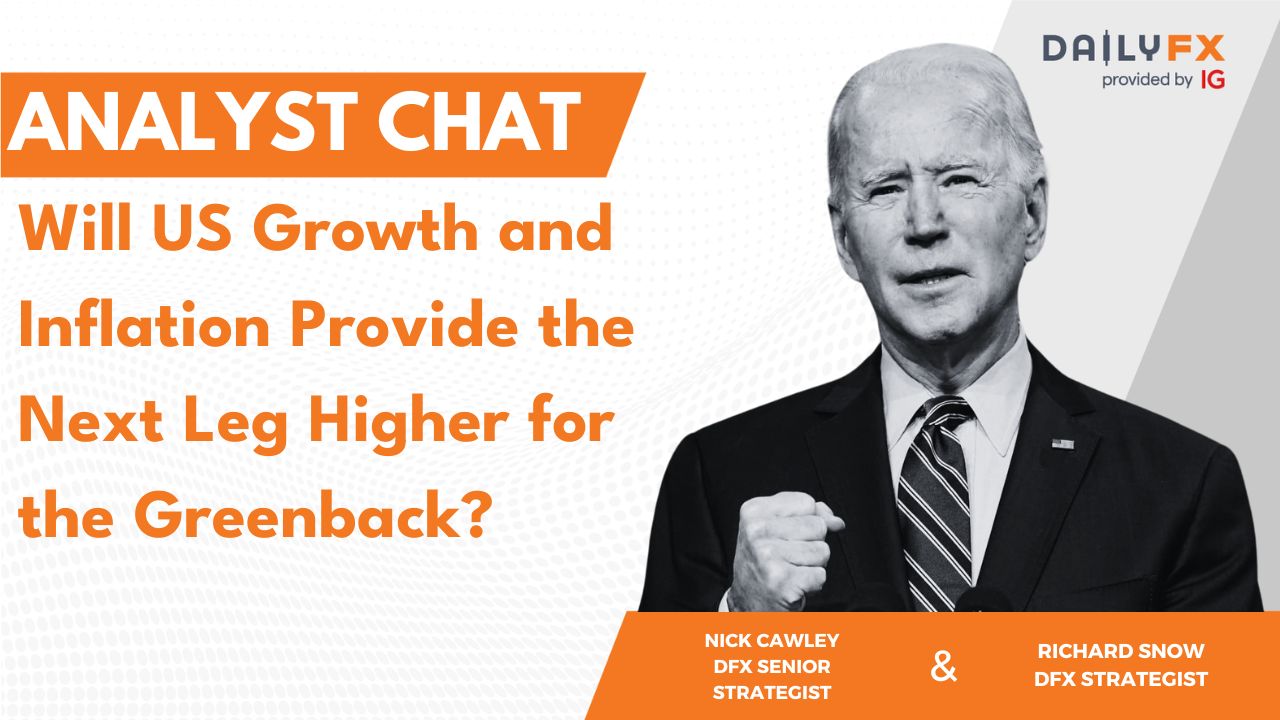U.S. Non-Farm Payrolls are on tap today and a Bloomberg News survey forecasts that the outcome will be 182K. The unemployment rate is expected to print 5% and ideally the outcome will generate a break to the 6255-6487 range for the FTSE 100.
We also look at correlations in an effort to try and explain why the FTSE 100 remains in a deadlock. On the one hand our results suggest that the FTSE 100 should be trading closer to 6422 given its correlation to the DAX, however, were we to look at the Bloomberg Commodities Index, the FTSE 100 should be trading closer to 6062.
What Do The Strongest Drivers Suggest?
The strongest drivers are the DAX 30, S&P 500 and the Bloomberg Commodity Index. Please see the table below. This explains the dilemma of the FTSE 100, as on the one hand, the DAX is bullish which gives the FTSE 100 a bullish bias, but on the other hand, commodities are soft as the Dollar has been gaining and this is limiting the FTSE 100 given the amount of mining, gas, and oil firms on the index.
The starting point of this correlation study is August 1, 2015, which is an approximate sample spanning 90 days. This study gives us some insight on what we should focus on in the short-term. It’s worth noting however that as we have to choose which variables to test, there may be some important correlations that are missing.
If we extend the analysis using a linear regression model from August 1, 2015 with the Bloomberg Commodity Index as the only explanatory variable, there is suggestion that the FTSE 100 should be trading closer to 6062. Repeating this study and instead using the DAX suggests that the FTSE 100 should be trading closer to 6422. This does neatly explain why the FTSE 100 is in a current deadlock.
Looking ahead and given seasonal studies for the equity markets, the ECB’s efforts, and my expectations of stronger world economic growth in 2016, I suspect that the FTSE 100 will break the upper end of its 6255-6487 range. And with today’s NFP report on tap, the outcome may generate enough volatility to form a breakout.
What Does NOT Influence The FTSE 100?
We see a very low correlation between the FTSE 100 and U.K. yields or GBP/USD. This supports our general idea of both U.K. macro data and BoE decisions not having a significant influence on the FTSE 100 at this time. In the case of the BoE and interest rates, they are low to start with, hence, the cost of capital is low in the U.K. In the case of U.K. macro data, the correlation is probably low given that the majority of FTSE 100 earnings are soured in a foreign country.
| Correlation with FTSE 100 | |
|---|---|
| DAX 30 | 0.88 |
| S&P 500 | 0.66 |
| B. Commodity Index | 0.56 |
| Crude Oil Brent | 0.49 |
| U.S. 2yr Trsy. Yield | 0.40 |
| U.K. 10yr Yield | 0.35 |
| U.K. 2yr Yield | 0.15 |
| GBP/USD | -0.07 |
| Gold | -0.16 |
| EURGBP | -0.43 |
| EURUSD | -0.44 |
Technical Levels To Watch
A break to the upper end of the 6255-6487 zone will probably generate a rally towards the psychological level of 6600 and 6750 in case of an extension. If the FTSE 100 breaks the lower barrier of the 6255-6487 range, we may reach a 6100 level, (61.88% correction to the 5875-6487 rally).








